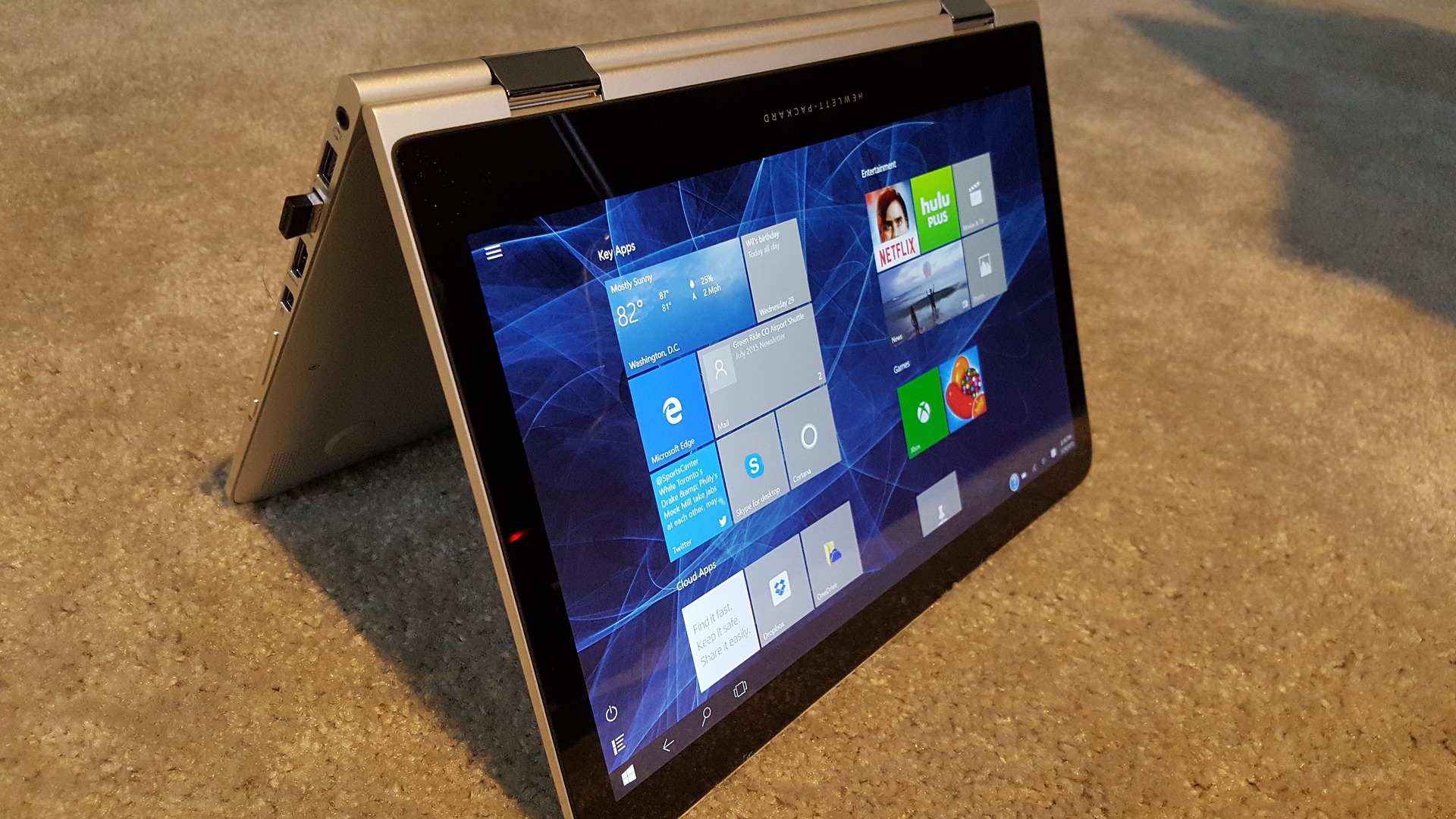If you are a fan and user of Microsoft operating systems, the concept of new releases is nothing new. Various versions overlap as some slip into the maintenance-only mode, others are released with new, feature-rich versions, and hybrid service plans evolve over time. It can get somewhat confusing, and keeping up with the nuances can be challenging for the average client. When it was announced, Windows 10 was sold as a radical departure from traditional Windows’ offerings. However, with the announcement of Windows 11 (arriving October 5, 2021), it is beginning to appear that Windows 10 will end its run with a bit of a whimper – much like Windows 7 did in the past. While not wholly orphaning Windows 10, the strategy to phase the popular version out looks very much like its version 7 predecessor.
Windows 11 will offer its own revised servicing model. It will replace Windows 10, even though Microsoft told clients it would still release a Windows 10 feature upgrade in the fall and continue support until October 2025. However, in a recent article, Computerworld intimated that it expects Microsoft to extend support until 2028. While nothing has been stated, Microsoft has a tendency to stick to service plans that have been proven in the past. Extended Security Updates (ESUs) both generate revenue and keep the customers happy. The strategy has been a win-win for Microsoft in the past and likely will be again. The latest example of this action was announced last month, when Microsoft revealed that it would offer three years of additional, paid support for Windows Server 2012, Windows Server 2012 R2, and SQL Server 2012.
Beyond those two significant reveals about continuity, Microsoft has remained quiet about how Windows 10 will be treated over the next four years. It remains to be seen if monthly security fixes and new features will still be forthcoming.
Shadows of Windows 7
Traditionally, when Microsoft begins to pull support from a product, they generally end development on it. Customers are most often expected to upgrade to the newer version of the operating system or software. If history is any guide, Windows 10 may have reached a dead-end and won’t be adding any significant feature upgrades. Development efforts are likely to be directed towards the newer Windows 11. The model of providing security updates but abandoning development is following the path of Windows 7.
Windows 11 will reduce feature upgrade releases to one per year and extend Enterprise/Education support to 36 months. This will allow IT admins to settle into a once-every-two-years upgrade schedule. For those unhappy with how Windows servicing has worked out, the most straightforward strategy will be to remain with Windows 10 and its new Windows 7-reminiscent maintenance plan at least through the fall of 2025.
Looking to the future, it is anyone’s guess how the Windows 12 service plan will be designed when that time comes.
Should You Stay With Windows 10?
For the average SMB, navigating the pros and cons of all the available Windows versions may seem intimidating. While it may be tempting to upgrade every time there is a new product, moving the organization to the latest OS may not be the most advantageous for your budget and culture. It may be beneficial to hire a managed services or outsourcing firm to help you to assess your options. The team of experts at Alliance IT in Sarasota can help you to map out your current requirements, resources, and growth plans – and make the most effective recommendation for your growth and success. Call today for a consultation.

